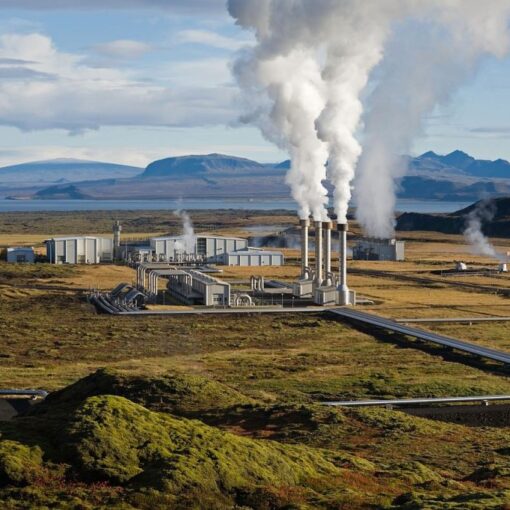by Elizabeth Sheargold and Smita Walavalkar
As U.S. coal exports increase and new infrastructure is proposed to improve access to markets in Asia, controversy has arisen regarding the scope of environmental review that should be carried out by government. In particular, there is significant disagreement as to whether the end-use of exported coal and the emissions generated by its combustion fall within the scope of environmental review under the National Environmental Policy Act of 1969 (NEPA). A paper published today by the Center for Climate Change Law considers this issue, examining the requirements of NEPA and its implementing regulations, as well as current practice by Federal agencies.
Under NEPA, an environmental impact statement (EIS) must be prepared for any major Federal action significantly affecting the quality of the human environment. The NEPA assessment process applies to many Federal agency actions relating to coal export, including the grant of leases for coal mines, approval for new railway construction and the grant of permits for coal export terminals. This includes direct, indirect and cumulative effects. Where an agency’s action or decision causes upstream or downstream effects these are relevant to NEPA review—even if the agency does not have direct control or responsibility over the effect. Accordingly, if a decision by the Army Corps of Engineers to approve a new coal export terminal leads to higher sales of U.S. coal to Asia, those increased sales are an effect of the Corps’ decision—even though the Corps has no direct control over the sales themselves.
A frequent challenge in evaluating greenhouse gas (GHG) emissions under NEPA is determining when they are likely to have a “significant” impact on the environment. Climate change is a highly complex problem, and the GHGs emitted by any single project are unlikely to have a substantial impact on global atmospheric concentrations of carbon dioxide. In relation to major coal export projects, establishing significance should be less of a challenge. One of the currently proposed export terminals in the Northwest—the Gateway Pacific Terminal— would by itself have the capacity to handle in a year as much coal as is consumed in a year by the five largest U.S. coal-fired power plants combined, or over six per cent of the total amount of coal used for electricity generation in the entire U.S. in a year. The GHG emissions from burning this much coal would exceed any conceivable threshold of environmental significance.
Currently, agency practice in relation to the scope of NEPA review of coal export projects and similar energy developments varies, although many relevant agencies are already including some upstream or downstream impacts within their environmental review of projects. This has occurred in relation to coal mining leases, railway approvals and the controversial Keystone XL Pipeline.
The paper is available here.


